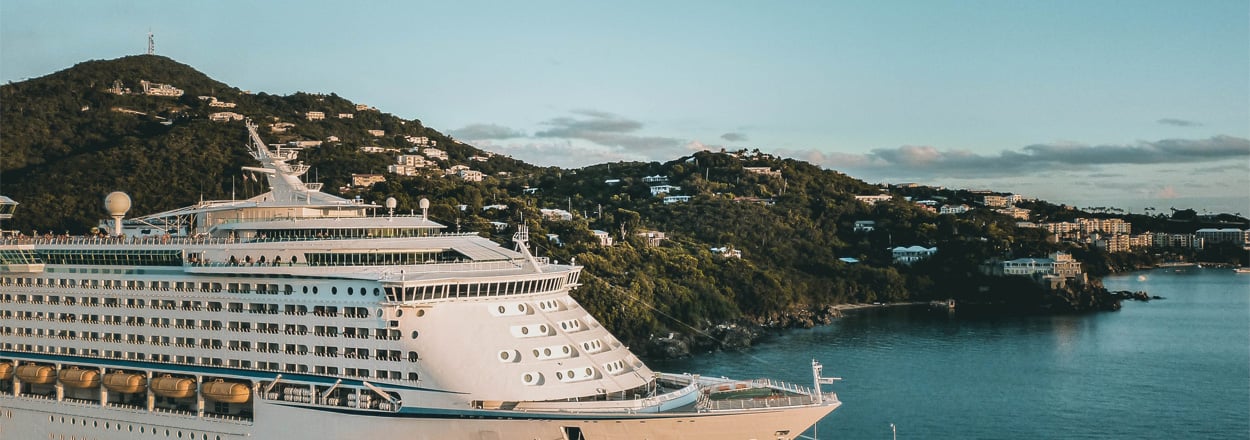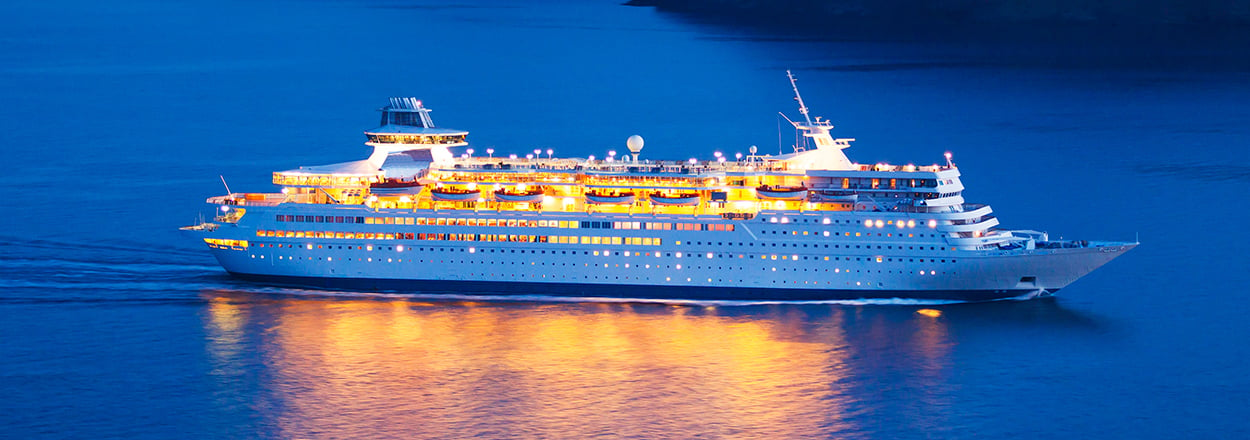The cruise industry has proven itself to be a master in adaptability over the past few years. While undeniably rocky in the beginning, the industry has come out the other side of the COVID-19 pandemic stronger than ever, its comprehensive and robust sailing protocols making cruising one of the safest ways to travel worldwide. And industry leaders don’t plan on stopping there, instead, they have their sights set on continued improvements, this is especially true when it comes to sustainability.
In the spring of 2022, industry leaders gathered at the Seatrade Global Conference where the Cruise Lines International Association (CILA) announced a global commitment to net zero emissions by 2050. Additionally, the organization also shared a new initiative that will obligate all ocean-going CLIA members to use shoreside electricity (SSE) while in port by 2035. As of 2022, 35% of the global cruise fleet has the capability to operate on SSE, CLIA expects this percentage to double by 2027.
“We haven’t taken our eyes off the long-term target to be truly sustainable,” said Pierfrancesco Vago, executive chairman, cruise division at MSC Group and global chair for CLIA. “Our industry’s resolve to be a leader in sustainability never changed during the pandemic.” As for CLIA’s ambitious SSE proposal, Kelly Craighead, president and CEO of CLIA said the following, “In this way, we are acting now to reduce and eliminate emissions in port, which provides immediate benefits to local communities.”
Another effort to reduce emissions is the ongoing swap to Liquefied Natural Gas (LNG), which is slated to fuel more than half of the new capacity of the global cruise fleet alongside other alternative energy sources like synthetic fuel, hybrid technologies and fuel cells such as lithium-ion battery storage by 2027.
Finally, Craighead mentioned that CLIA has its eye on other sustainability-related issues, too such as reducing onboard waste and combatting overtourism in well-traveled destinations like Barcelona and Dubrovnik.






comments